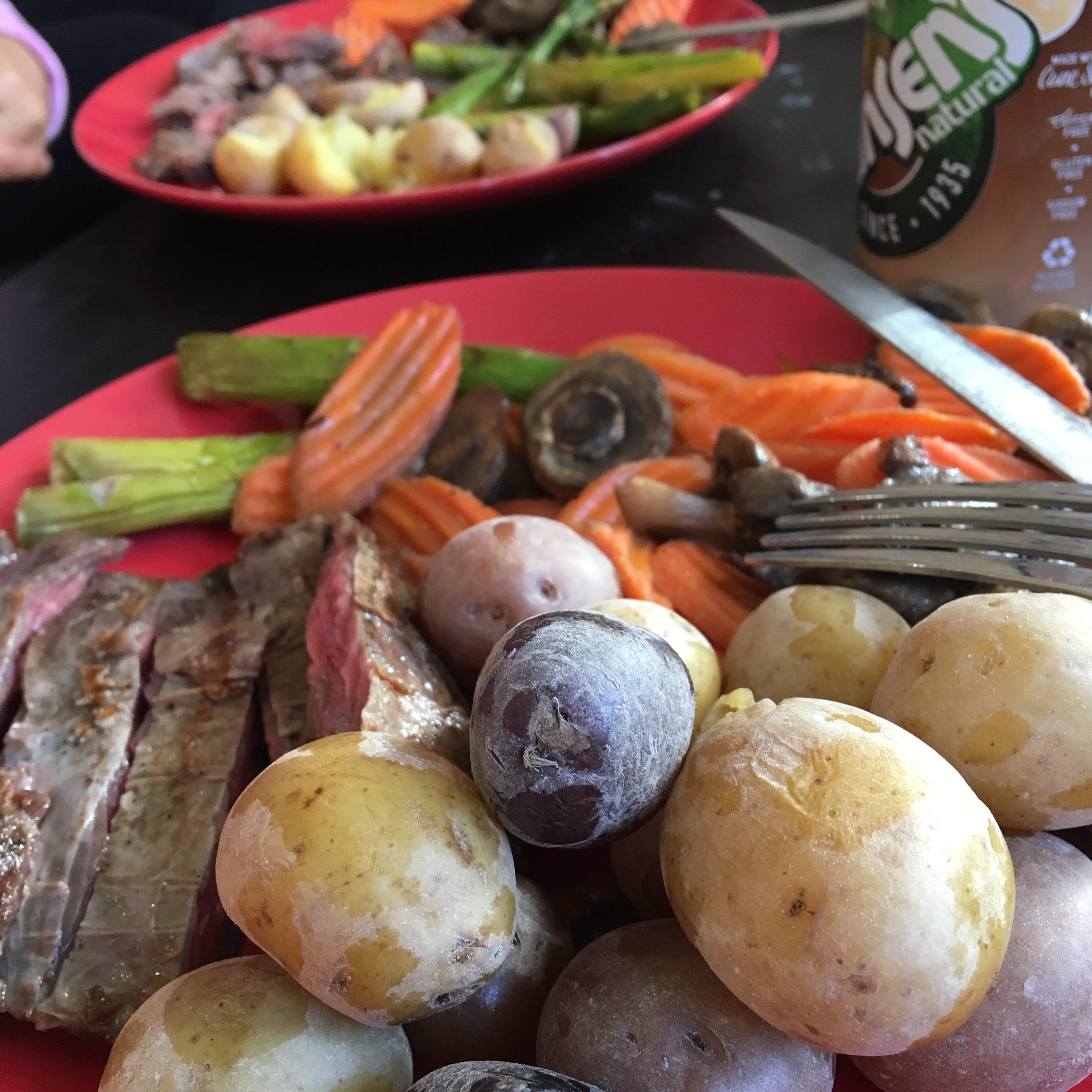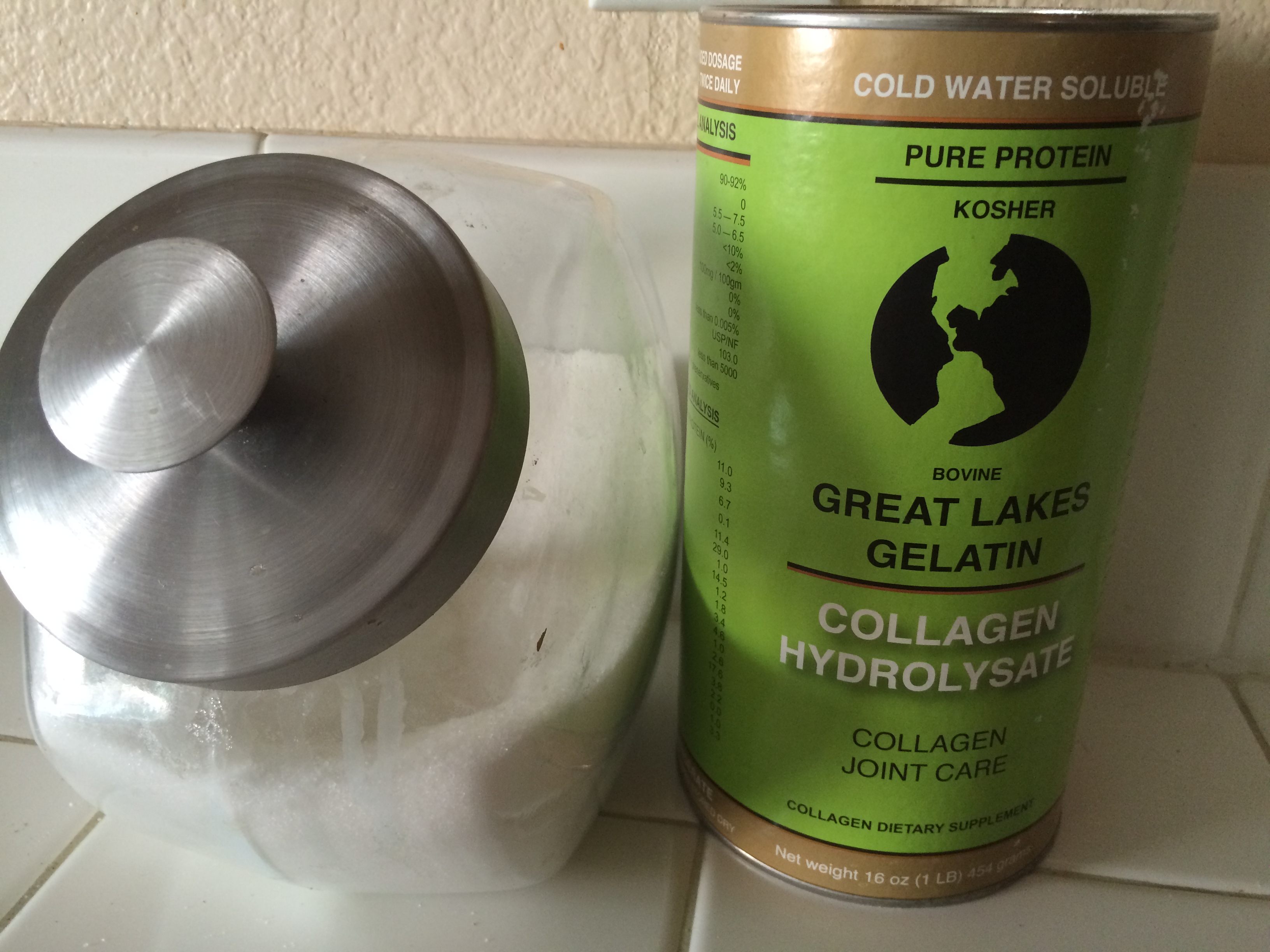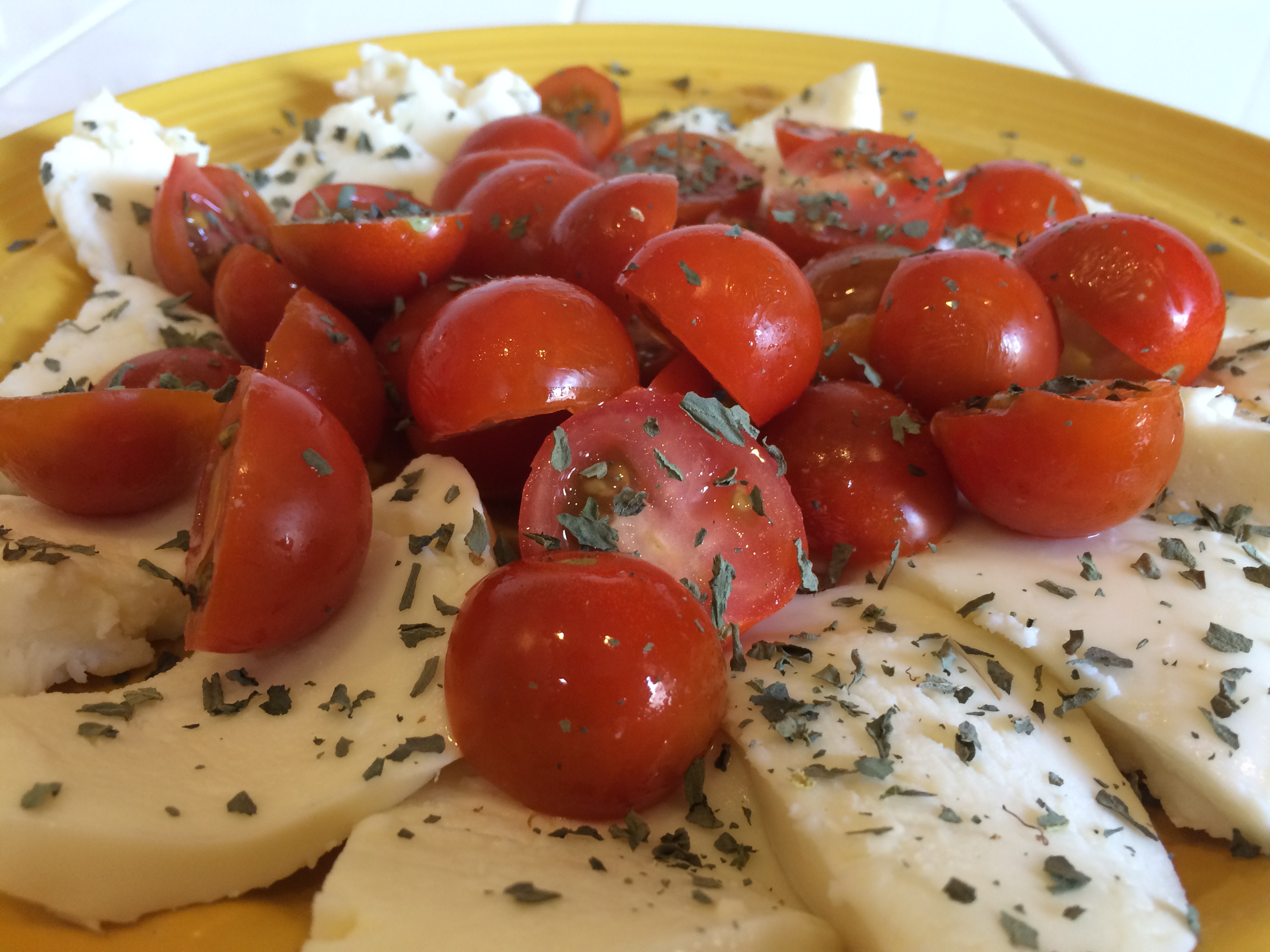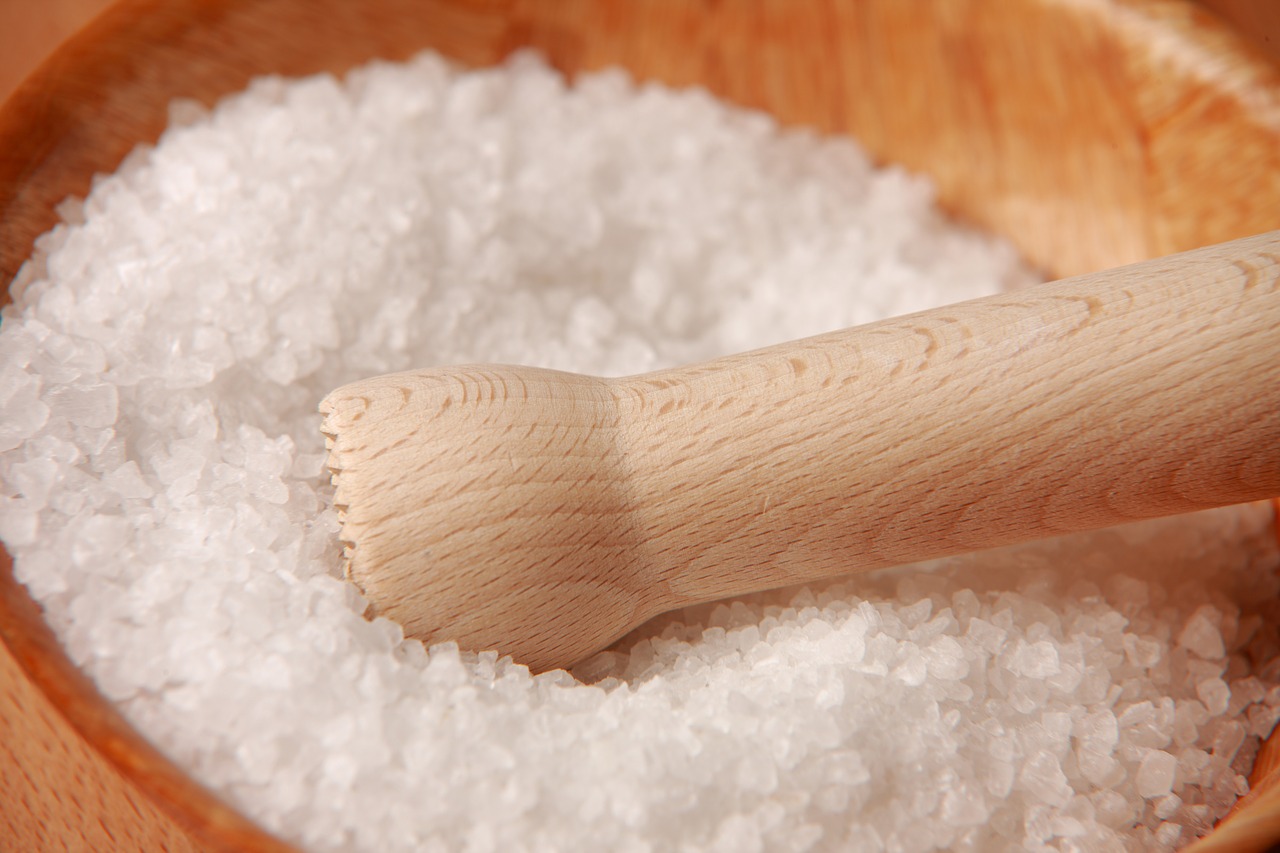If you’re in pain and you’ve tried everything to fix it, you need to watch this video to get a better understanding of what pain REALLY is!
We help people get rid of nagging pain every day. It’s one of our specialties. No, we’re not physical therapists or doctors. In fact, pain rehabilitation and performance training are actually the same exact thing! That probably sounds odd to you, but it’s the truth. The same exact style of training that gets a person out of years of pain is also what takes an elite athlete to their peak performance.
The First step to getting out of pain: UNDERSTAND WHAT PAIN IS.
It all comes down to understanding the nervous system and how it uses pain to protect you. Here’s the best part… It doesn’t matter how long you’ve been in pain, how bad the pain has gotten, or how many times you’ve tried and failed to relieve it. You can still be rid of pain. You just have to fully grasp its function in the body.
Types of pain we help people remedy:
- Back
- Sciatica
- Neck & Shoulder
- Joint
- Arthritis
- Migraines and Head Aches
- Old Injuries and Surgeries
The Next Step: Let us help.
Watch Peter’s video above to take the first step in getting out of pain. If you need more help reach out by calling us at 702-220-8222 to schedule a FREE, no-obligation neuro-evaluation.


 I sat down and quickly unwrapped the muffin. The sweet smell hit me in the face and the slight oily feeling of the muffin in my hands was a sure sign that this muffin is going to be moist. This could be the king of all blueberry muffins. I tore a chunk off with a massive blueberry in it and popped it in my mouth. F@$kin’ delicious! It was exactly what a blueberry muffin should taste like. Moist, sweet, and the blueberries weren’t sour or bitter. Needless to say, it fed the craving.
I sat down and quickly unwrapped the muffin. The sweet smell hit me in the face and the slight oily feeling of the muffin in my hands was a sure sign that this muffin is going to be moist. This could be the king of all blueberry muffins. I tore a chunk off with a massive blueberry in it and popped it in my mouth. F@$kin’ delicious! It was exactly what a blueberry muffin should taste like. Moist, sweet, and the blueberries weren’t sour or bitter. Needless to say, it fed the craving. 

 If you saw my latest post,
If you saw my latest post, 
 I also try to eat as often as possible. I generally eat about 4 meals per day and eat fruit or sip on orange juice and milky coffee the times in between.
I also try to eat as often as possible. I generally eat about 4 meals per day and eat fruit or sip on orange juice and milky coffee the times in between. 

 You had a stressful day at work and you just wanted to treat yourself to your favorite flavor of Ben and Jerry’s ice cream. On the drive home you begin the mental debate “should I take that gamble?” You think about the last time you had dairy and rationalize why this time won’t be as bad. That last time was just an fluke. So you take the leap, go to the store, and buy your ice cream. Already starting to regret your decision, you take that first bite. You wait a couple seconds waiting and listening for your stomach to let you know how your night is going to be. After awhile you finish your bowl and you lay on the couch and settle in for a nice night… Then it happens.. your stomach comes alive!. You sit up right away clutching your stomach and your doing the dash down the hall.
You had a stressful day at work and you just wanted to treat yourself to your favorite flavor of Ben and Jerry’s ice cream. On the drive home you begin the mental debate “should I take that gamble?” You think about the last time you had dairy and rationalize why this time won’t be as bad. That last time was just an fluke. So you take the leap, go to the store, and buy your ice cream. Already starting to regret your decision, you take that first bite. You wait a couple seconds waiting and listening for your stomach to let you know how your night is going to be. After awhile you finish your bowl and you lay on the couch and settle in for a nice night… Then it happens.. your stomach comes alive!. You sit up right away clutching your stomach and your doing the dash down the hall. You may find adding dairy into your life will simplify things. A glass of milk with a little added honey contains a sufficient ratio of protein, fat, and sugar to qualify it as a small meal. It’s the easiest meal you’ll ever prepare. Adding a small amount of milk with your meals is a good place to start when attempting to build up your production of lactase. We’re talking 1 or 2 ounces of milk with a complete meal consisting of protein, fat and sugar. For example, I may eat a small piece of steak, a side potato, some melon and a glass of sparkling water. I’ll then just add a couple ounces of milk to chase the meal.
You may find adding dairy into your life will simplify things. A glass of milk with a little added honey contains a sufficient ratio of protein, fat, and sugar to qualify it as a small meal. It’s the easiest meal you’ll ever prepare. Adding a small amount of milk with your meals is a good place to start when attempting to build up your production of lactase. We’re talking 1 or 2 ounces of milk with a complete meal consisting of protein, fat and sugar. For example, I may eat a small piece of steak, a side potato, some melon and a glass of sparkling water. I’ll then just add a couple ounces of milk to chase the meal.